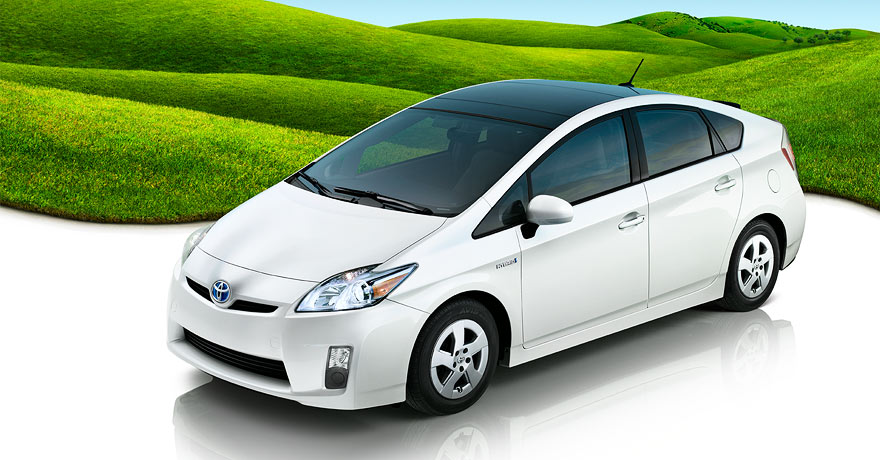
One of the feel good movies from the late eighties was the Kevin Costner film, Field of Dreams. Costner stars as Ray Kinsella, a cash-strapped American corn farmer who hears a voice say, “if you build it, he will come”. His mind envisions a baseball field, and despite his perilous financial situation, he ploughs ahead, with his wife’s support, to build a baseball field on his farm. Before long, a bunch of baseball greats who were banned from the game from their role in the 1919 World Series appear on his field, as part of Kinsella’s childhood baseball dreams come true.
Today, many carmakers face the same predicament: they have heaps of blueprints for oversized cars and SUVs; they have inefficient factories and expensive pension schemes to service; they’re facing the global financial crisis, with some up to their eyeballs in debt; total consumer demand is contracting; there are too many car brands and dealers. Yet, despite all this, there’s an unstoppable desire by normal every day people to ensure our environment is sustainable for future generations.
Is it any surprise then that Toyota’s new third-generation Prius, a hybrid motor car, has been large success? Launched earlier this year, it already commands a waiting list the envy of any General Motors or Chrysler dealer, and this is the dual-motor version! (The third-generation Prius features a petrol and electric motors.) In 2015, Toyota expects to launch a fully-electric car, one that’ll plug into the power grid much like your mobile phone. The reason for Toyota’s success here is the many years they’ve spent recognising the environmental trend and responding to it in a tangible way that’s appealed to customers. They’ve invested in hybrid, electric, and plug-in hybrids as they’ve realised different models will work with the different political environments in various countries. Toyota’s work in creating a highly aerodynamic car has also paid dividends; people really notice when you’re driving their distinctive Prius hybrid, compared with their US-market Camry hybrid. (The Prius has its own body shape while the Camry hybrid shares its body with the conventionally-powered Camrys.)
It just goes to show, if you build what the customer really wants, they’ll buy it! (The tricky part is working out what they want.)